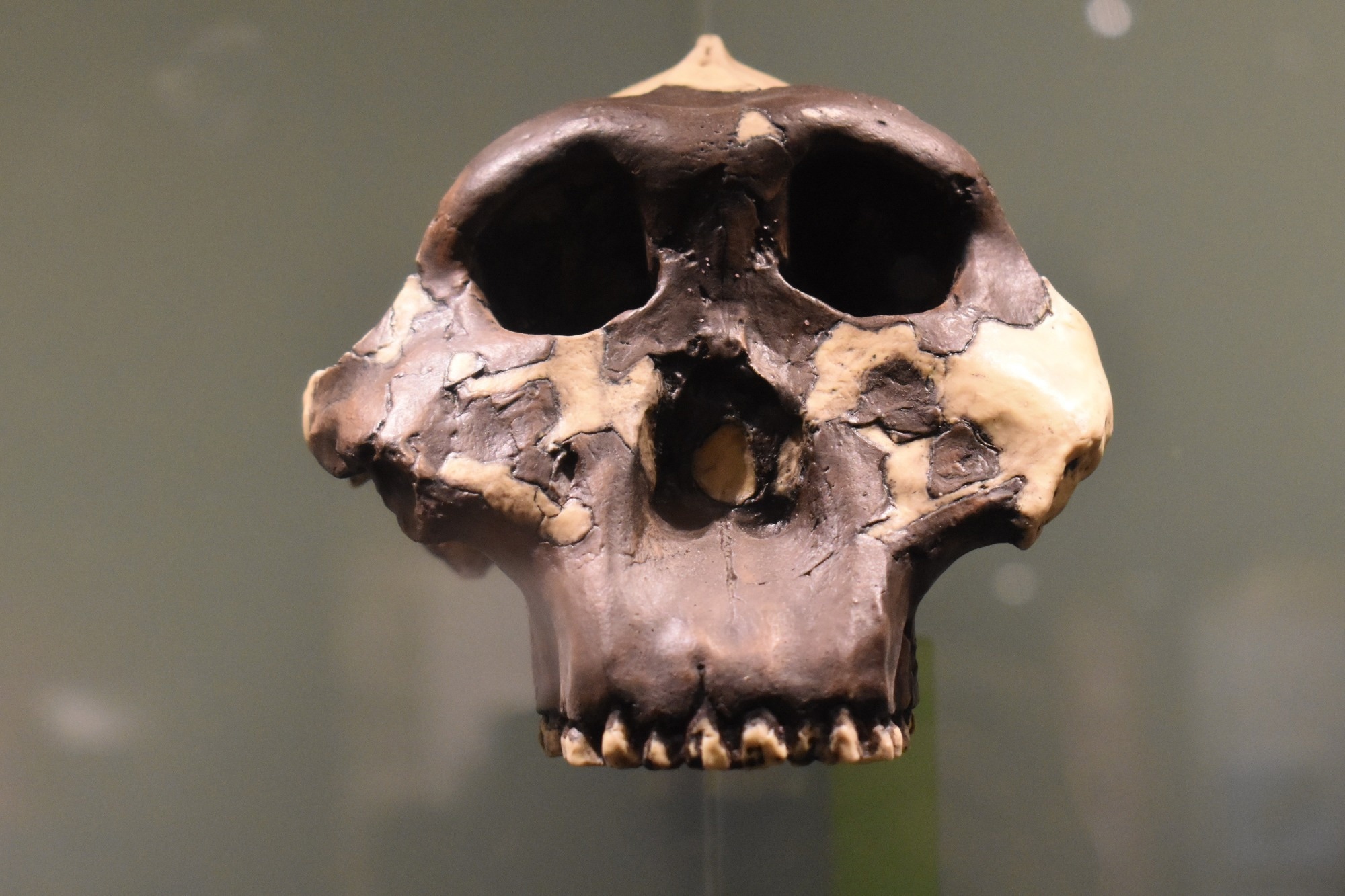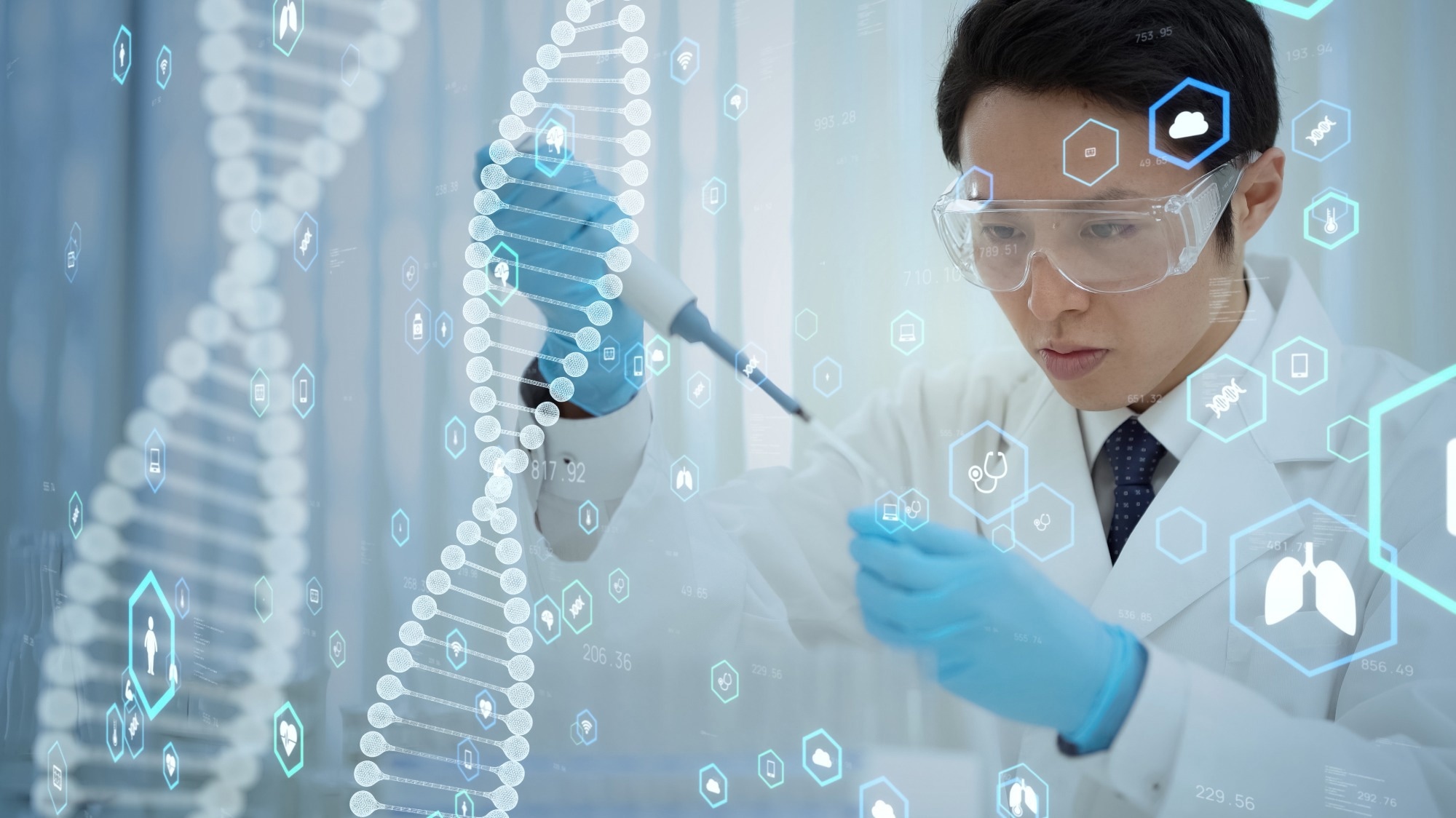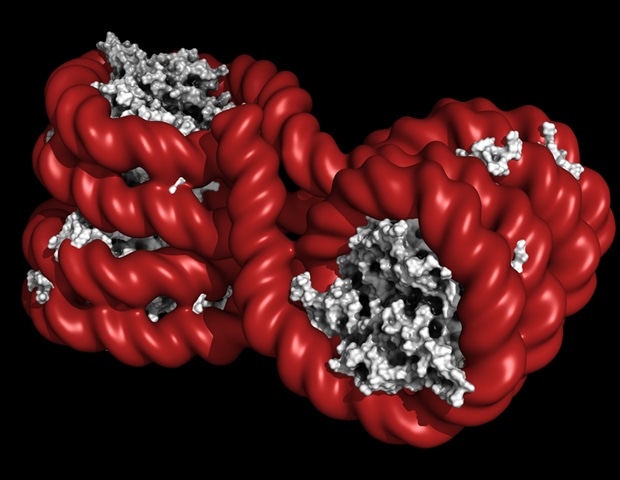Fermented foods may have fueled human brain growth, new evolutionary theory proposes
In a review published in the journal Communications Biology, researchers in the United States of America described the potential role and benefits of externally fermented foods in triggering the expansion of the hominid brain. They further discussed the explanatory power of their “external fermentation hypothesis” and surveyed relevant food practices across human cultures. Image Credit: Busker909 / … Read more








